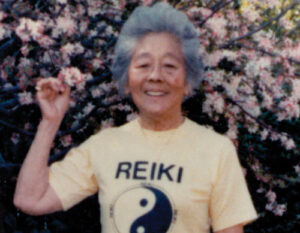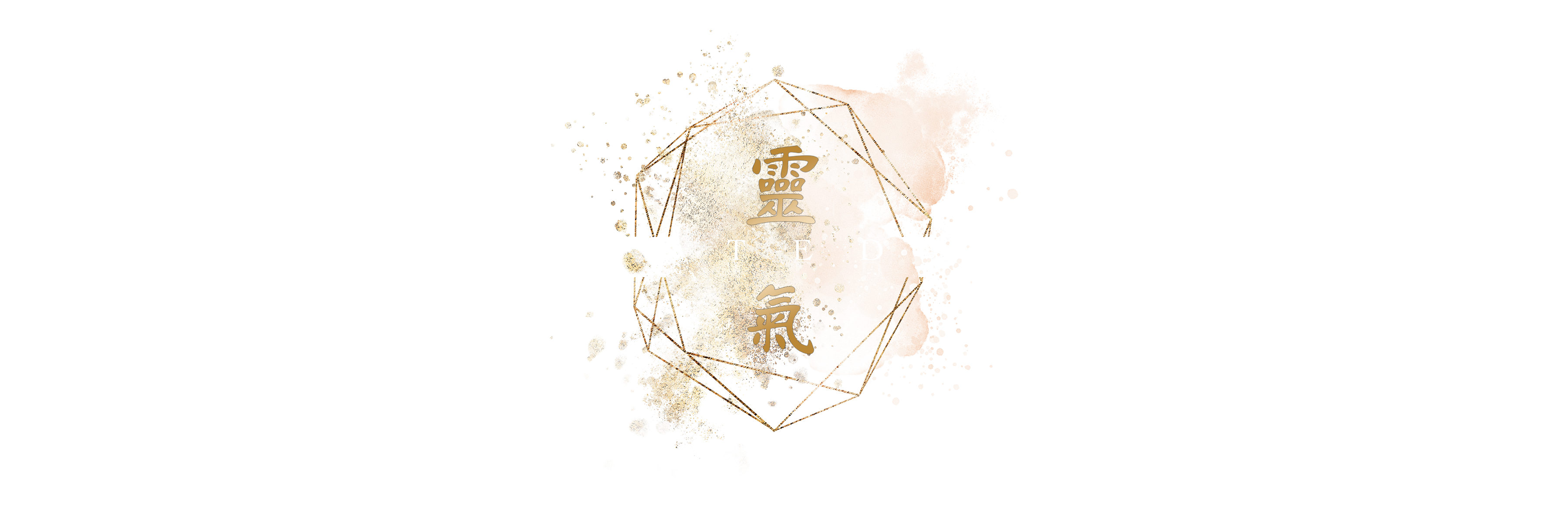Reiki is a non-religious complimentary healing modality, practiced and received by people from all walks of life and religious backgrounds. The word Reiki means ‘universal life force energy’, and it allows an attuned practitioner to act as a conduit for healing energy from the universe to flow through, and enter into the body of the recipient.
The Japanese word Rei means universal spirit, higher power, or God. Ki refers to the life energy that flows through all living things.

Reiki was discovered by a man named Mikao Usui in 1920 during his time in solitude on Mount Kurama in Japan. It is believed he came upon hardship and it’s possible he was on the mountain to commit suicide. From above a great light appeared and Mikao Usui was gifted with healing warmth that radiated through his hands.
Although a Buddhist himself, Reiki is not religious, and has no recorded evidence of being used by Buddhists prior to Usui’s discovery of it. Because of this, it is common to find Reiki practitioners who are also priests, ministers, and nuns. Mikao Usui went on to open a clinic and school, teaching and attuning a number of students, some of whom continued to teach and heal.

Hawayo Takata, an American born Japanese woman, healed and trained in Japan by Usui’s student Dr Chujiro Hayashi, became the first person to bring Reiki to the West. During her time in Japan visiting family, she discovered she was suffering from a tumour. She decided against surgery, instead opting to receive Reiki from Dr Hayashi, and after two months of daily treatments her tumour was gone.
Upon returning to the USA after becoming a Reiki Master herself, Hawayo Takata made minor changes to the teachings to accommodate for cultural differences, but the basics of Reiki remain the same. Practitioners will be able to trace their lineage back to Mikao Usui either via the Eastern or Western lineages. Masters like myself who have either trained with masters of both lineages or someone who was taught and teaches both, have two lines of lineage.
The Reiki Principles
Just for today…
I will not worry
I will not anger
I will be grateful
I will work with diligence
and I will be kind to others
A Reiki healer must be ‘attuned’ to the Reiki energy by a Master in order to use Reiki to its full potential. An attunement is a brief ceremony in which a Reiki Master opens up the channel for the student to be able to send and direct Reiki to those who accept it. It is a wonderful and often emotional moment, and some Christian practitioners have likened their attunement to their baptism or confirmation. Once attuned, the Reiki practitioner uses his or her hands to ‘give’ Reiki to the recipient, or to themselves, by placing the hands on or over the body. Reiki Practitioners and Masters are not giving their own energy or health to the recipient. They are simply the instrument of universal spirit/God; a vessel which healing energy can pass through.
Reiki has no negative side-effects. It is safe for children, the elderly, and those who are unwell, in pain or pregnant. The worst case scenario is where Reiki is not accepted by the client and therefore simply does not work.
Reiki is fast becoming a well established method of non-invasive alternative therapy healing widely used by the NHS to counter side effects of chemo and radiotherapy. It is not only used to compliment conventional treatments for physical aliments, but can also be used for psychotherapy and to help ease the mind and soul.
One does not need to be sick in order to have a Reiki treatment. Reiki can be thought of as not only a healing modality, but as a pampering session too. In the same way that we bathe and exfoliate to cleanse our physical bodies of visual dirt and grime, we can use Reiki to cleanse our aura and energy field.

